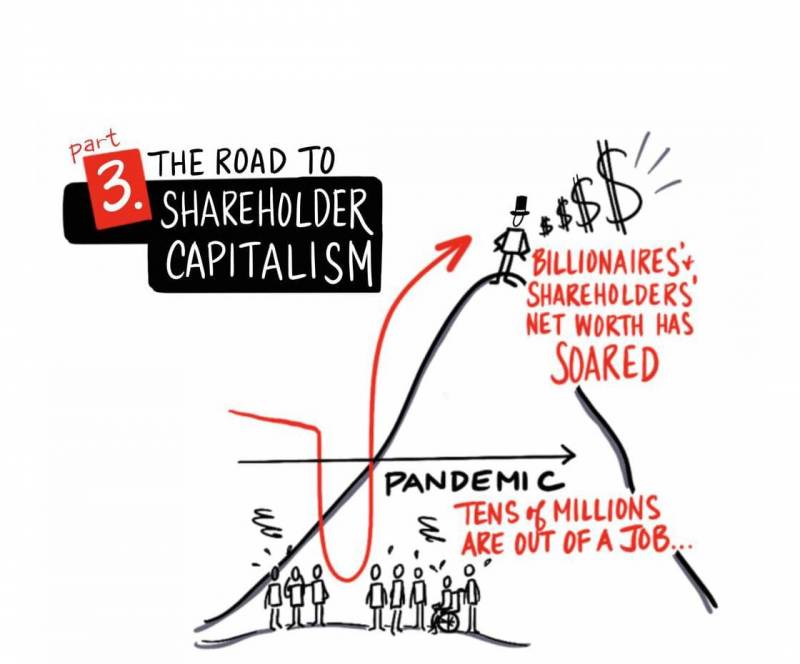“The social responsibility of business is to increase its profits.”
This was the view of Milton Friedman in 1970, and it has been the central thesis of American corporate philosophy ever since. Corporations are out to make money for shareholders. In a single phrase, this is “shareholder capitalism.” But this was not always how America did business. For a brief period of a few decades after World War II, America was a country of “welfare capitalism”, where companies were expected to care about the greater social good.
The story of how we became a nation that prioritized shareholders over wage earners, is a story of backlash—backlash by the wealthy to the worker power of the New Deal, backlash by a group of economists to Keynesianism, and backlash by white Americans to the civil rights movement.
“How We Got Here” is a special five-part series made by Sam Harnett, Alan Montecillo, and Chris Hoff. These five episodes are airing on The Bay from July 6-10. You can hear the rest of the series by following the links below. Illustrations by graphic facilitator, Giselle Chow.
Part 1: The ‘Great Risk Shift’ From Companies to Workers
Part 2: The Attack on Worker Power
Part 3: The Road to Shareholder Capitalism
Part 4: Disempowerment and Debt

